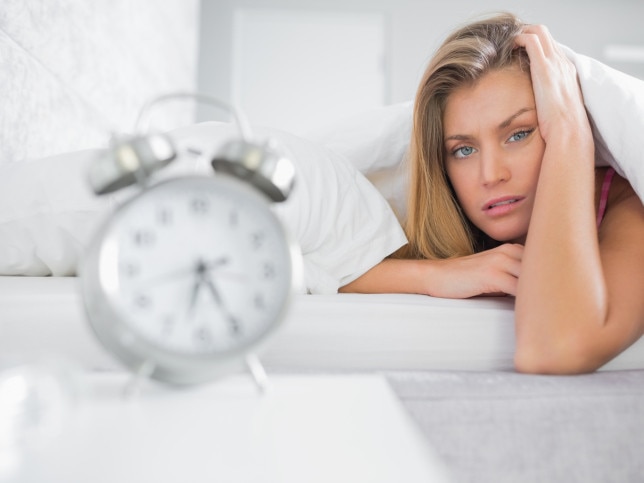The urban myths of daylight saving revealed
PEOPLE either love it or hate it, but it can’t be avoided. Daylight saving time has come around yet again, as experts dispel some myths.
National
Don't miss out on the headlines from National. Followed categories will be added to My News.
PEOPLE either love it or hate it, but it can’t be avoided. Daylight saving time has come around yet again.
Clocks will be turned forward one hour on Sunday October 7 from 2am in New South Wales, Victoria, the ACT, South Australia and Tasmania.
Daylight savings always falls on the first Sunday of October. This usually coincides with the public holiday, but for the first time since 2012 it has occurred seven days after the start of October.
Most smartphone devices and computers automatically adjust the time without any human intervention, but analogue clocks will need to be manually changed.
Daylight savings is still a contentious issue for some states with Queensland, the Northern Territory and Western Australia not taking part.
In Queensland, the last referendum was held 26 years ago in 1992 and peak industry bodies are agitating for political leaders to re-evaluate the economic cost on the state.
Following an opinion poll in the Courier-Mail indicating 55 per cent of Queenslanders supported the introduction of daylight saving, Premier Annastacia Palaszczuk ruled it out stating the numbers weren’t strong enough for change.
People claim it promotes public health, physical fitness and an increase in economic activity, while others say it has no impact on consumer spending while many farmers are also opposed to the change as their equipment can be dependent on the sun.
University of Sydney experts comment on some of the common thoughts on daylight saving, while also dispelling some myths.

THE IMPACT ON SLEEP AND CIRCADIAN RHYTHM
“Moving our non-biological clocks by an hour due to daylight saving time (DST) shifts our daily activities and thus the exposure to light and other time cues relative to our internal circadian clocks. This introduces a minor circadian misalignment,” says Dr Sveta Postnova a Lecturer in Brain Dynamics and Neurophysics from the School of Physics.
“Relative ease of adjustment to minor time changes are assumed by the general population, however scientific data does not support this.
“For the spring transition with one-hour sleep loss on the night of the transition, experimental data suggests a cumulative effect of sleep loss lasting for at least the following week and sometimes longer. The autumn transition is popularised as adding one-hour to sleep time, but data shows no evidence of extra sleep on that night.
“Instead, cumulative sleep loss is also reported in the days following the transition. Overall, DST appears to interfere with natural physiological adaptation to seasonal changes.”

DOES IT AFFECT A FARMER’S HARVEST?
“Farmers’ harvest based on the moisture content of the grain, or, if harvesting pastures for hay or silage then it’s the moisture content of the grasses and plant species in those pastures that’s important. The time of day is irrelevant,” says Dr Lindsay Campbell, a Senior Lecturer from the Sydney Institute of Agriculture.
“It’s temperature and humidity that will affect harvesting most rather than time. This is why you will sometimes see our farmers at Narrabri out with the lights on after 8pm harvesting.
“Artificial lighting can be utilised to ensure harvesting occurs at peak turgidity.”

DAYLIGHT SAVING AND POWER CONSUMPTION
“Daylight savings shifts the power consumption an hour forward, so demand is better aligned with solar insolation,” says Associate Professor Gregor Verbic from the Centre for Future Energy Networks in the School of Electrical and Information Engineering.
“You don’t turn your air conditioning off when the sun goes down on a hot day, so it’s not necessarily accurate to suggest air conditioning use will increase as a result of daylight saving – you’re probably running a cooling system regardless.”


